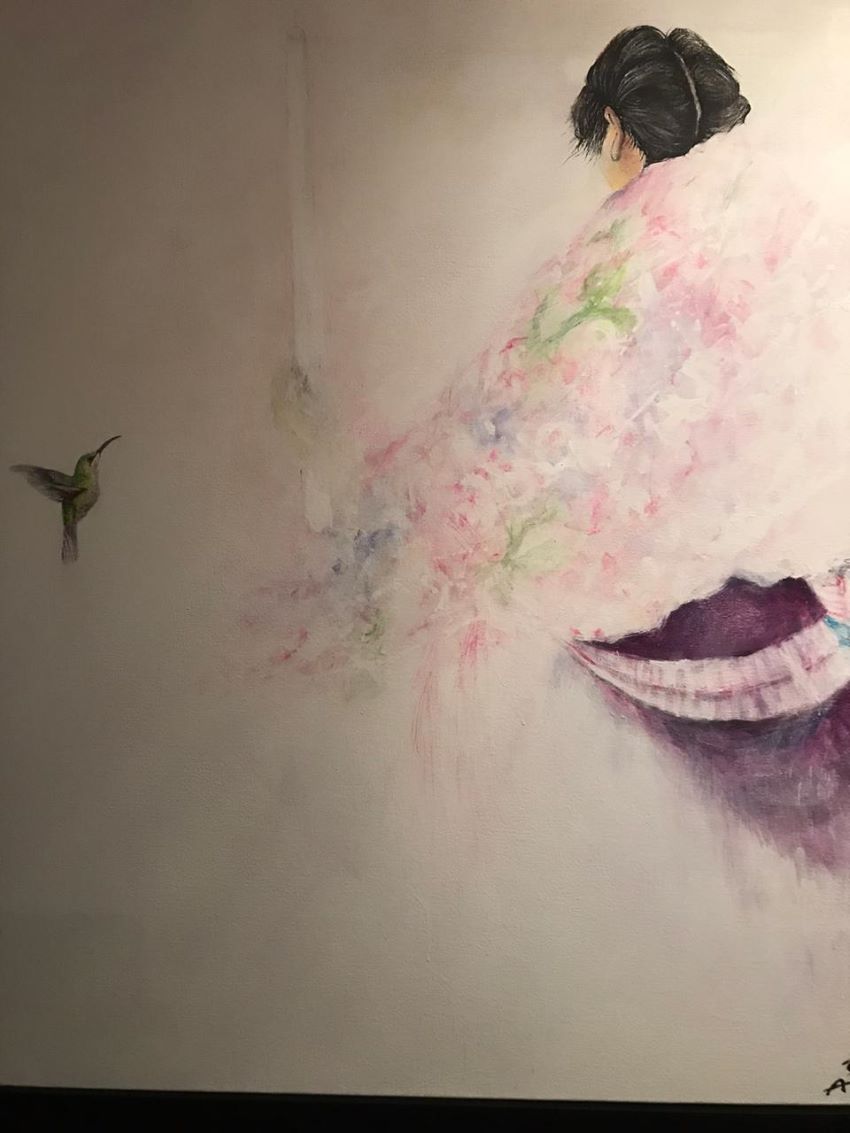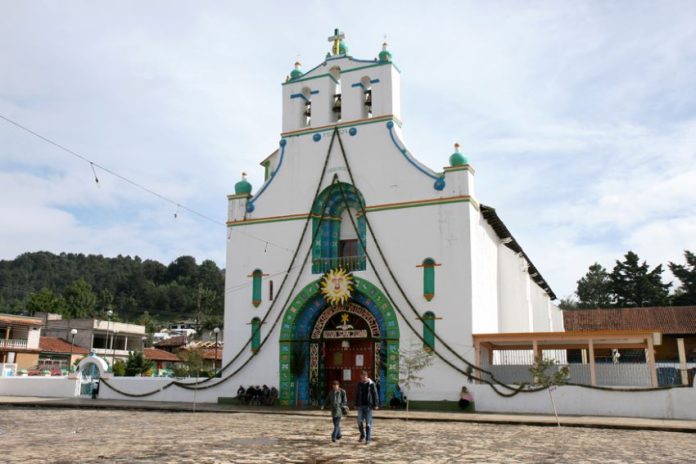In the parish church of Chamula, Chiapas, it is always time for Mass — sort of.
I approached this church with some trepidation, despite having visited countless parishes all over Mexico. It’s famous for being “strange” and “different” and for its rule of absolutely no photographs allowed.
I was also quite annoyed with the tone of what I’d read in English about it online, focusing on almost otherworldly indigenous people in strange clothing, speaking a strange tongue, and doing incomprehensible things with eggs, Coca-Cola and live chickens
I am not a religious person per se, but I understand and appreciate how ritual has a psychological/spiritual (take your pick) importance for many people. No matter how strange a practice might seem superficially, it fulfills a human need.
Cameras tucked away, I paid for permission to enter and for a guide. Unfortunately, I had to studiously ignore a young woman posing for a selfie at the church facade. As a kind of counterbalance, my guide inside would not let me record his talk; I had to listen with my head and my heart.

He spent a good 15 to 20 minutes telling me about the church. It was light on history, but he did begin by stating unequivocally that it was a “traditional” Catholic church, just with a different definition of traditional.
The building is much like any small-town Mexican church built in the early colonial period. Inside there are some familiar things as well — a main altarpiece on the apse, many side altars holding images of various saints and a baptismal font. These altars and the images would not be out of place in any other Mexican church. The saints are wearing local clothing, but I have seen this before, especially with images of the infant Jesus.
What strikes the eye is the lack of pews and the hundreds upon hundreds of candles burning in front of the saints, with more being lit on various parts of the floor where worshippers sat and prayed.
Because I visited during the pandemic, and because it was early in the morning, the church was quite peaceful, with few worshippers or tourists. The atmosphere was serene, and I was struck by the passion with which people prayed — and not just local indigenous people; at least two were obviously European or North American.
The church does not have a priest assigned to it. One comes from San Cristóbal on Sunday and certain festival days to officiate at Mass and to do baptisms. In fact, baptism is the only church rite of passage that the Tzotzil people here accept. There is no presentation of the child to the church at 4 years old, no quinceañera, no church marriage and no confession booth. Confession is “self-confession” with certain saints’ images that have mirrors on their chests to allow the confessor to remember that it is his confession. Marriages are called uniones libres (free unions) and happen in families’ homes.
This is a “people’s church.” They control the church; the church does not control them. They do not depend on a priest for most of their religious life, a system they fought for in order to preserve as many of their old beliefs as possible. This is no mean feat. It’s not just a matter of hiding old gods behind the masks of saints (which occurs here, too) or letting a jaguar appear (as it does in the cupola) or letting elements of animal sacrifice (or other offerings) continue.

The church is administered and maintained by the parishioners themselves with little input from Catholic hierarchy. Administration is shared through a mayordomo system: each person volunteers for a year of duty. It is no minor undertaking. Mayordomos don’t just clean up, they pay for the constantly-burning candles, the twice-weekly replacement of the pine needles that cover the floor, the food and any other expenses that accompany the year’s calendar of festivals, starting with Carnival. They do this all out of their own pockets.
According to my guide, Agustín Hernández de la Cruz Perez, this costs the mayordomo about 200,000 pesos (nearly US $10,000) for the year — enough money to buy a decent-sized plot of land. Despite the cost, the waiting list to serve is decades long.
Many tourism articles in English give the impression that Chamula is this isolated and backward society hostile to outsiders. But that is not the case. Canadian American Carol Karasik, a longtime Chiapas resident and writer and editor about Mayan culture, says that foreigners are welcome in the church.
“In fact, I think Chamula want foreigners to witness their ceremonies,” she says.
Anthropologist John Burstein also agrees that charging for admission indicates a certain welcoming attitude but that the situation can be complicated.
Because of the boorish nature of so many tourists, it is likely that this welcome gets tested. The prohibition on photography helps to keep some discourteousness at bay, but I cannot imagine having to have to pray while someone is walking around me and gawking.
Chamula is at a disadvantage. In other churches, tourists are prohibited from entering and taking pictures during Mass precisely because it interferes with a sacred time and space. At Chamula, the church is sacred space 24/7, with worshippers and rituals at all hours. If at some point the community decides to ban or severely restrict visitors, I certainly would not blame them.
Leigh Thelmadatter arrived in Mexico 17 years ago and fell in love with the land and the culture. She publishes a blog called Creative Hands of Mexico and her first book, Mexican Cartonería: Paper, Paste and Fiesta, was published last year. Her culture blog appears weekly on Mexico News Daily.
